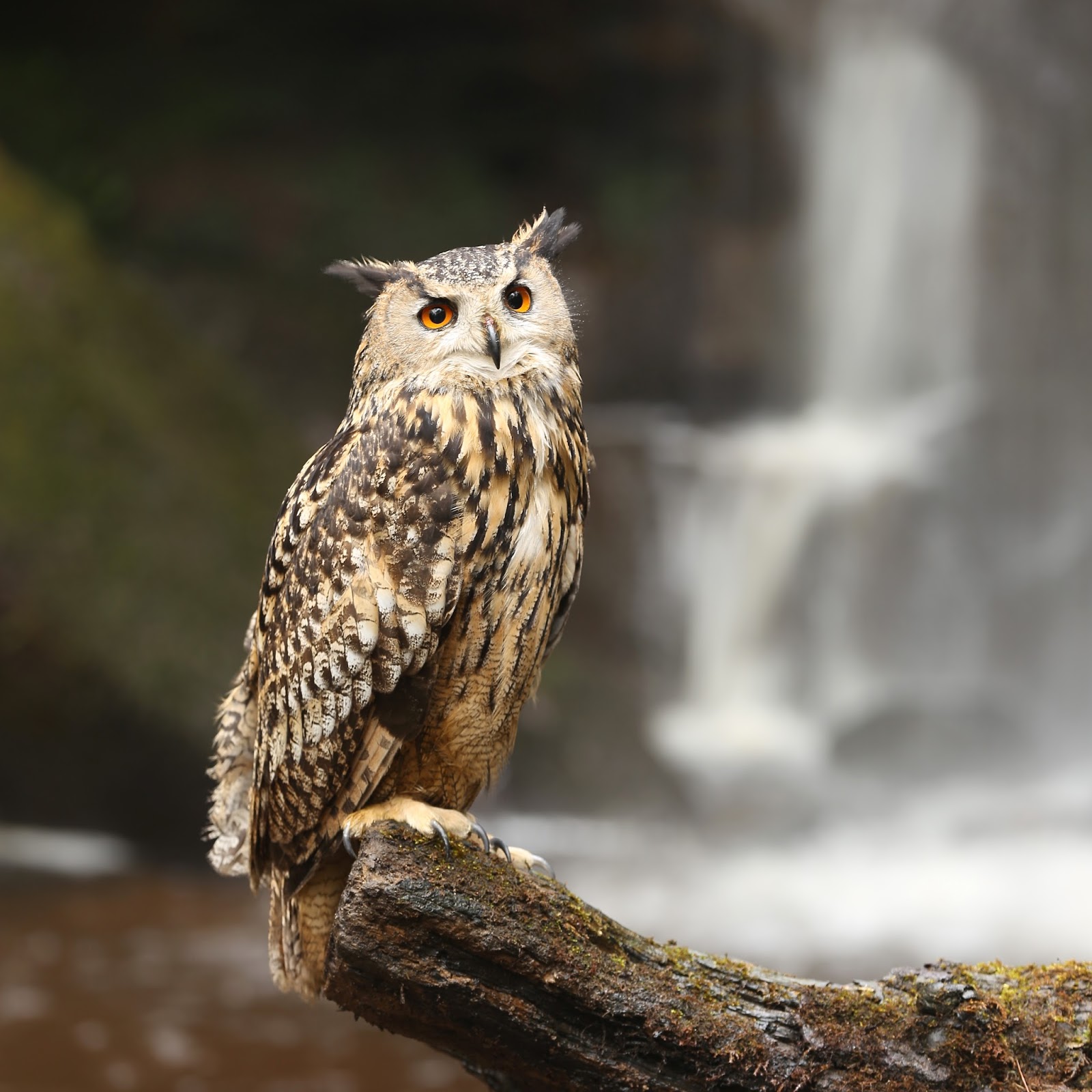Owls have always captured the imagination of humans, revered as symbols of wisdom and mystery. Among the myriad of species, one stands out for its size and grandeur—the biggest owl. Known for its impressive wingspan, striking appearance, and nocturnal habits, this magnificent bird has become a subject of fascination for birdwatchers and nature enthusiasts alike. But what exactly is the biggest owl, and what sets it apart from its smaller relatives?
The biggest owl, scientifically known as the Blakiston's fish owl, is a marvel of nature, boasting an impressive wingspan that can reach up to six feet. Found primarily in the forests of eastern Russia, Japan, and China, this owl is not only the largest in terms of size but also plays a vital role in its ecosystem. Its primary habitat includes riparian forests, where it preys on fish, amphibians, and small mammals. The sheer size and hunting prowess of the Blakiston's fish owl make it a remarkable creature worthy of exploration.
In this article, we will delve deeper into the world of the biggest owl, uncovering fascinating facts, discussing its habitat, diet, and conservation status, and answering common questions that arise about this magnificent bird. Whether you are an avid birdwatcher or simply curious about wildlife, the journey to understanding the biggest owl is sure to enlighten and inspire.
What is the Biggest Owl?
The biggest owl is none other than the Blakiston's fish owl, which is native to parts of Asia. This remarkable bird stands out not just for its size but also for its unique characteristics that distinguish it from other owl species. The Blakiston's fish owl is known for its tufted ear-like feather projections, large yellow eyes, and mottled brown plumage, which provides excellent camouflage in its forested habitat.
Where Does the Biggest Owl Live?
The biggest owl prefers habitats near water bodies, such as rivers and lakes, where it can hunt for its primary food source: fish. Its habitat ranges extensively across eastern Russia, Japan, and certain regions of China. The presence of old-growth forests and access to clean water are crucial for the survival of this species.
What Does the Biggest Owl Eat?
As its name suggests, the Blakiston's fish owl primarily feeds on fish, but its diet is quite diverse. It can also consume various creatures such as:
- Amphibians
- Small mammals
- Birds
This adaptability in diet helps the species thrive in its natural habitat, especially when fish populations fluctuate.
Why is the Biggest Owl Endangered?
Despite its impressive size and adaptability, the Blakiston's fish owl is classified as endangered, with its population dwindling due to several factors. Habitat destruction due to logging, industrial activities, and pollution poses a significant threat to this majestic bird. Additionally, climate change has started to affect the availability of its prey, further endangering its survival.
What Conservation Efforts are in Place for the Biggest Owl?
Conservation efforts for the Blakiston's fish owl include habitat protection initiatives, awareness campaigns, and research projects aimed at understanding its behavior and ecology. Organizations are working tirelessly to safeguard the remaining habitats and promote sustainable practices that can benefit both the owl and local communities. Some key conservation measures include:
- Establishing protected areas to preserve its habitat
- Conducting research to monitor population trends
- Engaging local communities in conservation efforts
How Can You Help Protect the Biggest Owl?
While conservation organizations play a crucial role, individuals can also contribute to the protection of the biggest owl. Here are some ways you can help:
- Support wildlife conservation organizations
- Participate in local clean-up initiatives to protect natural habitats
- Spread awareness about the importance of preserving wildlife
What Makes the Biggest Owl Unique?
The biggest owl stands out not only due to its size but also its fascinating adaptations and behaviors. Its powerful talons, exceptional night vision, and silent flight make it a formidable predator in its environment. The way this owl hunts and interacts with its surroundings offers insights into the complexities of avian life and the delicate balance of ecosystems.
What Are Some Interesting Facts About the Biggest Owl?
Here are some intriguing facts about the Blakiston's fish owl that showcase its uniqueness:
- It is capable of catching fish weighing up to 2 kg (4.4 lbs)!
- This owl’s wingspan can reach up to 190 cm (6.2 ft), making it the largest owl in the world.
- The Blakiston's fish owl has a distinctive call that can be heard over long distances.
- They are monogamous and often mate for life, raising their young together.
Conclusion: The Importance of the Biggest Owl
The biggest owl, the Blakiston's fish owl, plays a vital role in maintaining the ecological balance of its habitat. Understanding and protecting this magnificent creature is essential for preserving biodiversity and ensuring that future generations can appreciate the beauty of these incredible birds. By raising awareness, supporting conservation efforts, and taking action to protect their habitats, we can help ensure that the biggest owl continues to soar through the skies for years to come.
Exploring The Unique Charm Of The Short Legged Cat
Unveiling The 2 Block Cut Hairstyle: A Trend That Defines Modern Styling
Discovering The Delights Of Tompkins Square Bagels

